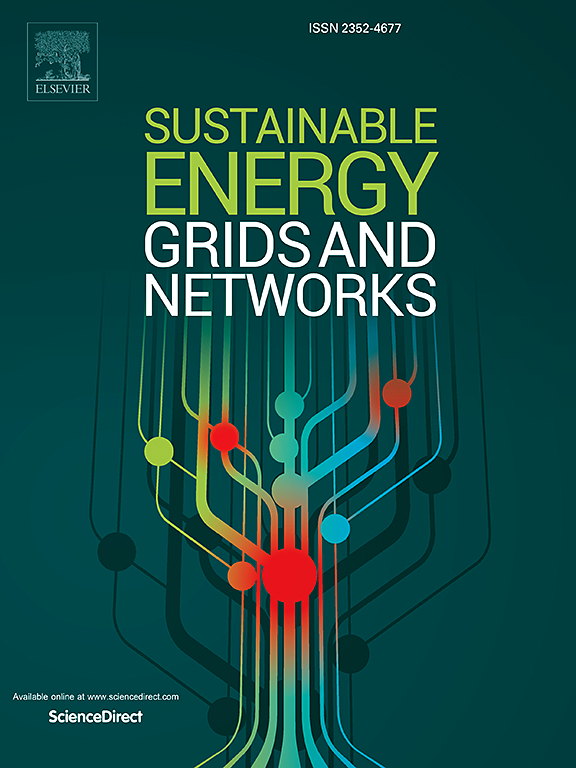Integrated stochastic reserve estimation and MILP energy planning for high renewable penetration: Application to 2050 South African energy system
IF 4.8
2区 工程技术
Q2 ENERGY & FUELS
引用次数: 0
Abstract
The energy transition imposes a shift towards renewable energy sources, and the integration of variable ones introduces significant risks to power system stability. Variable renewable energy sources are mostly unpredictable and can provide limited spare capacity to compensate for imbalance in demand and supply. To meet system adequacy and reliability requirements, the power system is operated with different types of reserve margins to ensure the availability of spare capacity at various time scales. However, despite existing guidelines to operate the current system, limited methodologies have been proposed to estimate reserve requirements for future power systems with high penetration of renewables, including their integration into planning tools. In this study, a comprehensive methodology is proposed to estimate the least-cost power system design which include an endogenous stochastic model for estimating reserve requirements interfaced to a Mixed-Integer Linear Programming model. The proposed stochastic reserve estimation model incorporates generator tripping events, renewable energy variability, and ramping characteristics of the residual demand, extending ENTSO-E guidelines to accommodate future scenarios with high penetration of renewable energy sources. Furthermore, a non-linear parametric function is trained to represent the results of the stochastic reserve estimation model and then integrated into an optimization model to plan future power systems, using an iterative approach. The methodology is validated on the current South African power system. The results indicate the model’s effectiveness in optimizing reserve requirements, showing substantial benefits in including storage and other renewable energy technologies to meet future energy demands, while reducing carbon emissions and enhancing grid reliability.

求助全文
约1分钟内获得全文
求助全文
来源期刊

Sustainable Energy Grids & Networks
Energy-Energy Engineering and Power Technology
CiteScore
7.90
自引率
13.00%
发文量
206
审稿时长
49 days
期刊介绍:
Sustainable Energy, Grids and Networks (SEGAN)is an international peer-reviewed publication for theoretical and applied research dealing with energy, information grids and power networks, including smart grids from super to micro grid scales. SEGAN welcomes papers describing fundamental advances in mathematical, statistical or computational methods with application to power and energy systems, as well as papers on applications, computation and modeling in the areas of electrical and energy systems with coupled information and communication technologies.
 求助内容:
求助内容: 应助结果提醒方式:
应助结果提醒方式:


